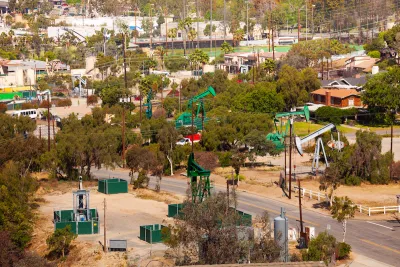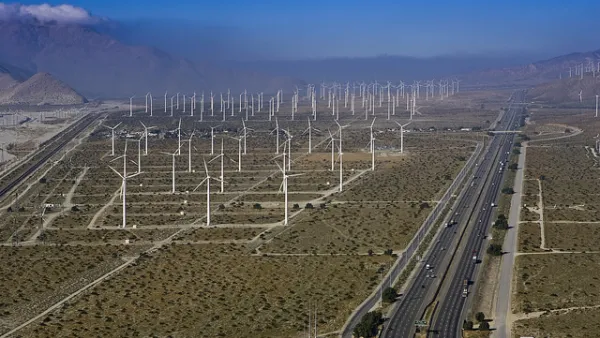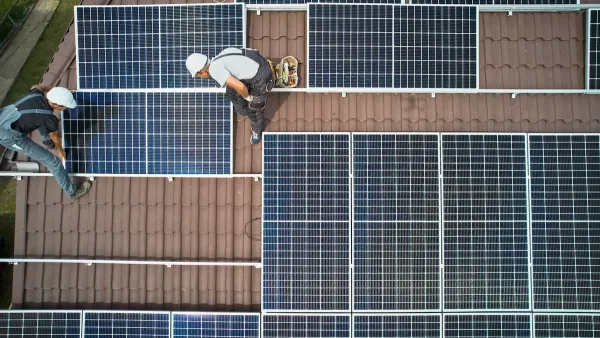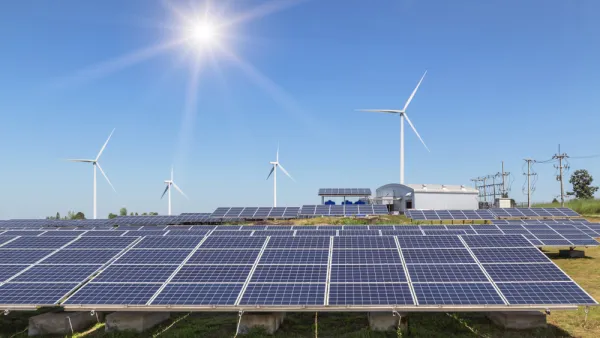The concept of a "just transition" extends beyond workers to encompass broader social and environmental dimensions, including the restoration and regeneration of land and communities affected by oil extraction activities.

The concept of a “just transition,” which focuses on shifting from fossil fuels to renewable energy while ensuring equity and inclusion, is exemplified by the transformation of oil fields into parks. This initiative addresses environmental degradation caused by oil extraction by restoring and regenerating the land. Efforts such as soil remediation, reforestation, and the creation of green spaces help mitigate environmental damage, support biodiversity, and contribute to carbon sequestration, playing a crucial role in combating climate change.
Economically, converting oil fields into parks creates new job opportunities in environmental remediation, landscaping, construction, and park management. This transition allows former oil industry workers to be retrained and redeployed, ensuring they are not left behind in the move to a green economy. Additionally, the new parks can boost local economies and attract tourism, providing sustainable revenue streams for communities.
From a social perspective, turning oil fields into parks significantly enhances community health and well-being. These green spaces reduce pollution, improve air and water quality, and offer areas for recreation and relaxation, fostering a sense of community. The initiative also addresses social equity by providing marginalized communities, often disproportionately affected by environmental burdens and hazards, with access to much needed green spaces. Moreover, it includes cultural preservation efforts, particularly for Indigenous communities, by incorporating spaces for cultural practices and education, strengthening cultural identity and pride.
FULL STORY: Transforming Oil Fields into Parks: A Cornerstone of Just Transition

National Parks Layoffs Will Cause Communities to Lose Billions
Thousands of essential park workers were laid off this week, just before the busy spring break season.

Retro-silient?: America’s First “Eco-burb,” The Woodlands Turns 50
A master-planned community north of Houston offers lessons on green infrastructure and resilient design, but falls short of its founder’s lofty affordability and walkability goals.

Delivering for America Plan Will Downgrade Mail Service in at Least 49.5 Percent of Zip Codes
Republican and Democrat lawmakers criticize the plan for its disproportionate negative impact on rural communities.

Test News Post 1
This is a summary

Test News Headline 46
Test for the image on the front page.

Balancing Bombs and Butterflies: How the National Guard Protects a Rare Species
The National Guard at Fort Indiantown Gap uses GIS technology and land management strategies to balance military training with conservation efforts, ensuring the survival of the rare eastern regal fritillary butterfly.
Urban Design for Planners 1: Software Tools
This six-course series explores essential urban design concepts using open source software and equips planners with the tools they need to participate fully in the urban design process.
Planning for Universal Design
Learn the tools for implementing Universal Design in planning regulations.
EMC Planning Group, Inc.
Planetizen
Planetizen
Mpact (formerly Rail~Volution)
Great Falls Development Authority, Inc.
HUDs Office of Policy Development and Research
NYU Wagner Graduate School of Public Service





























